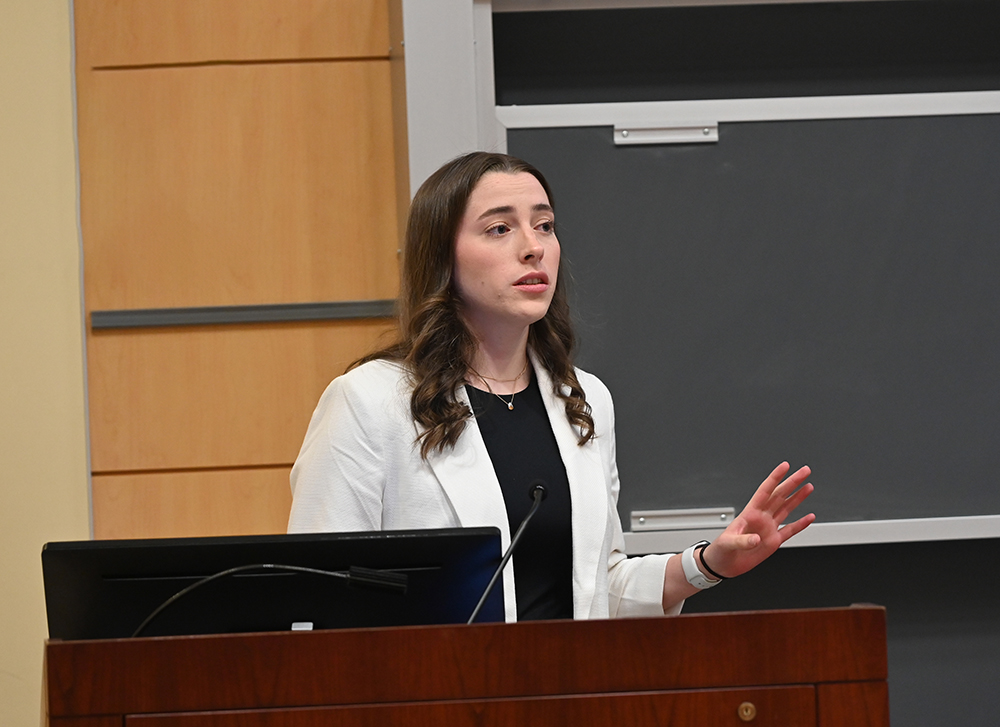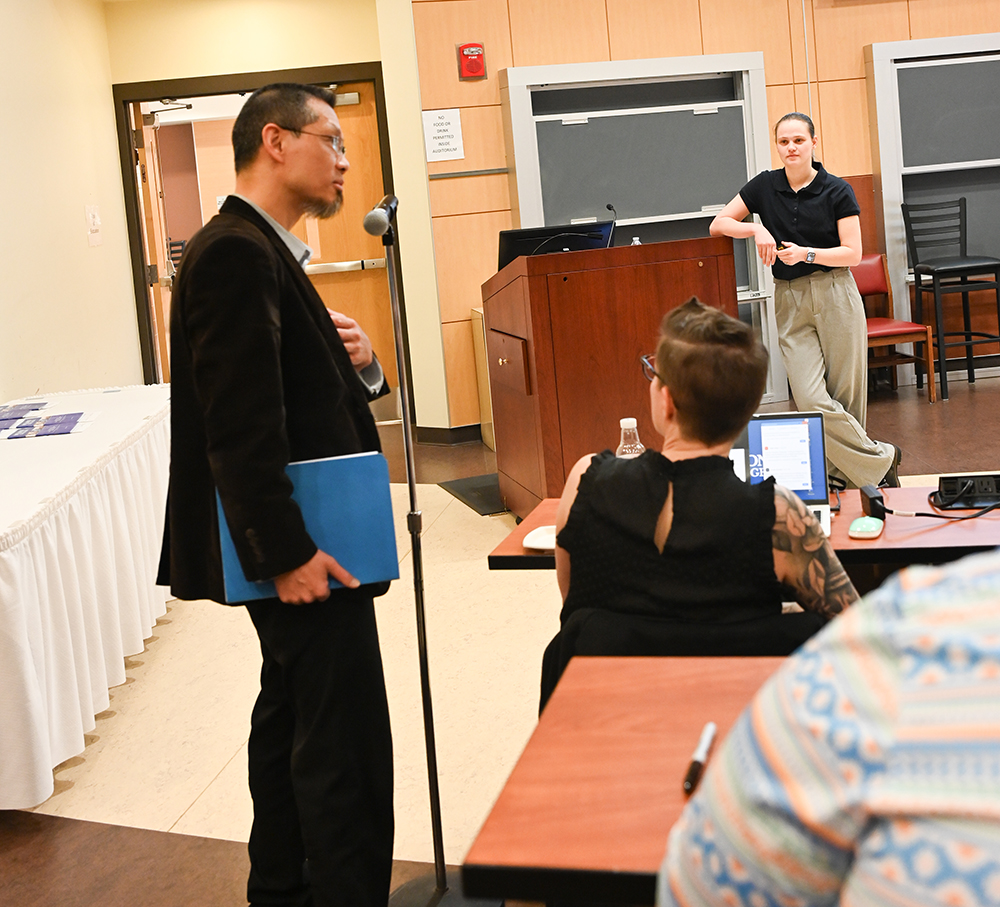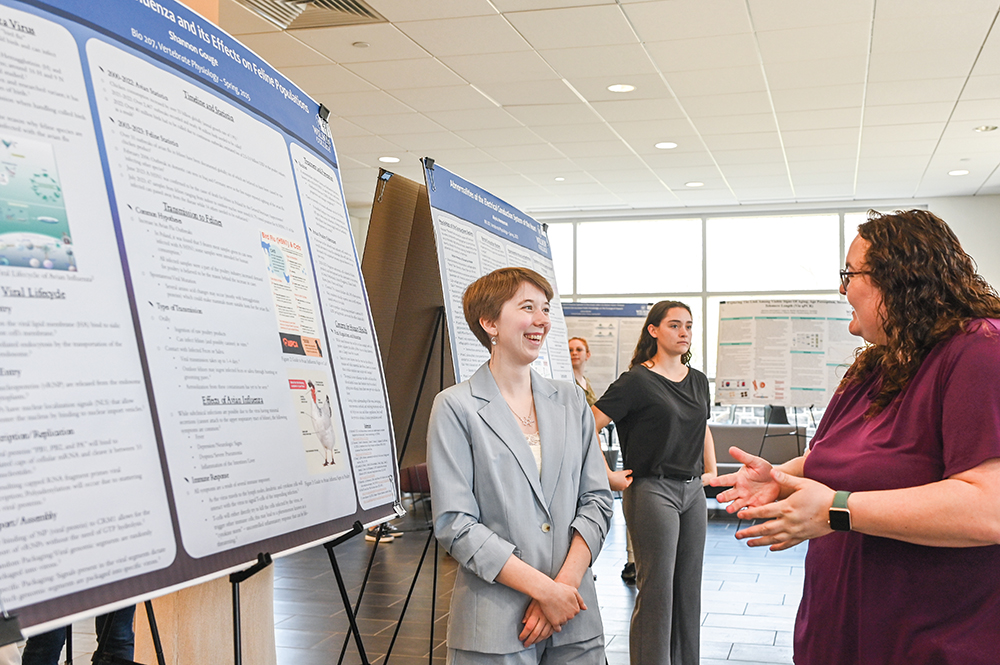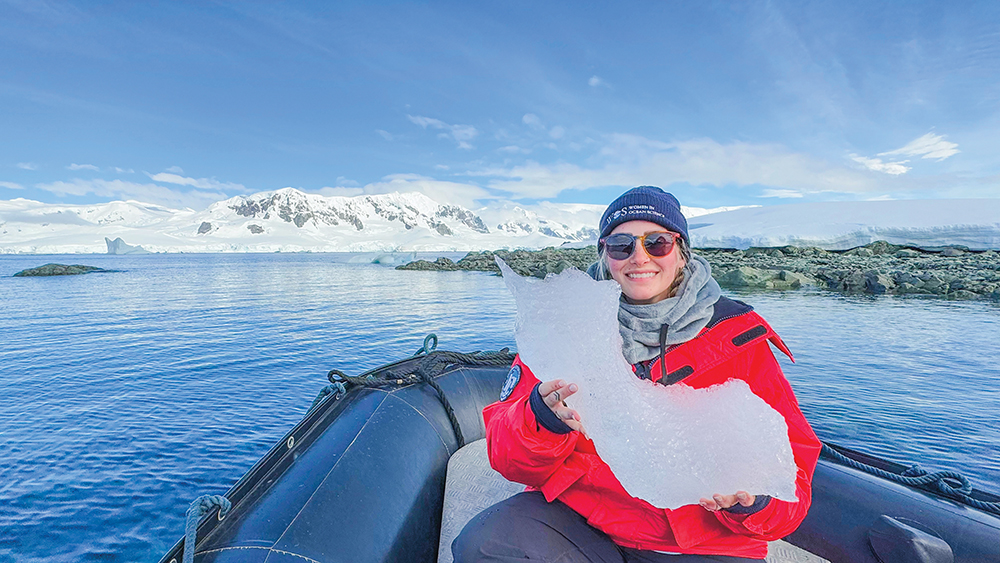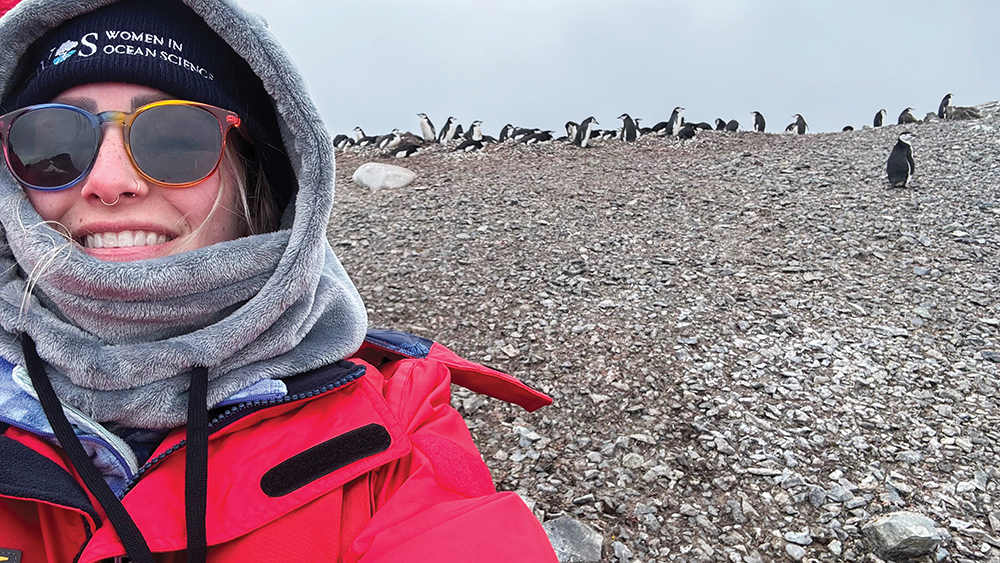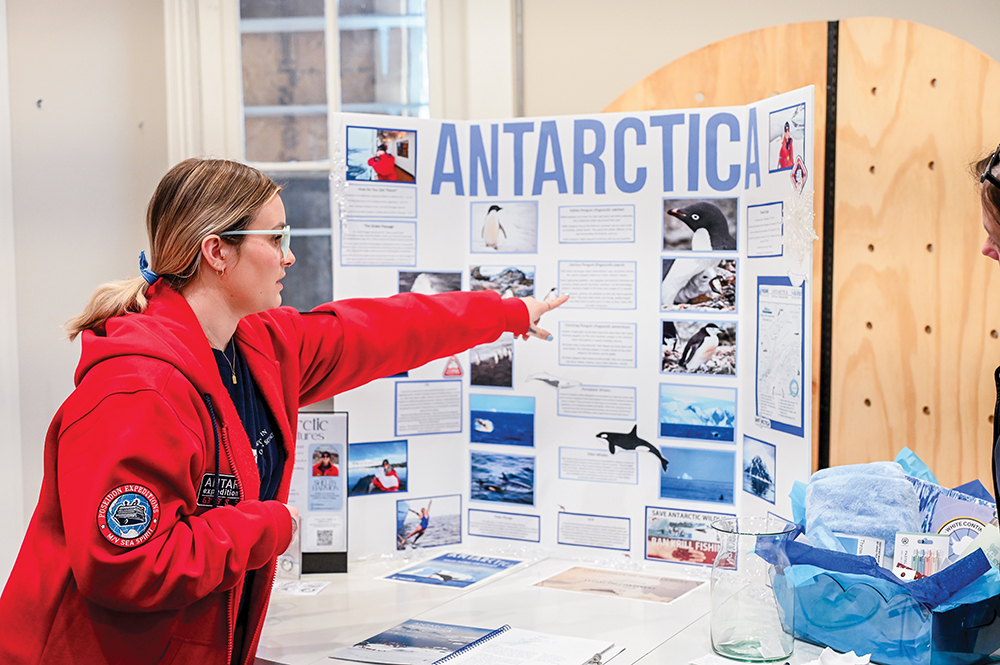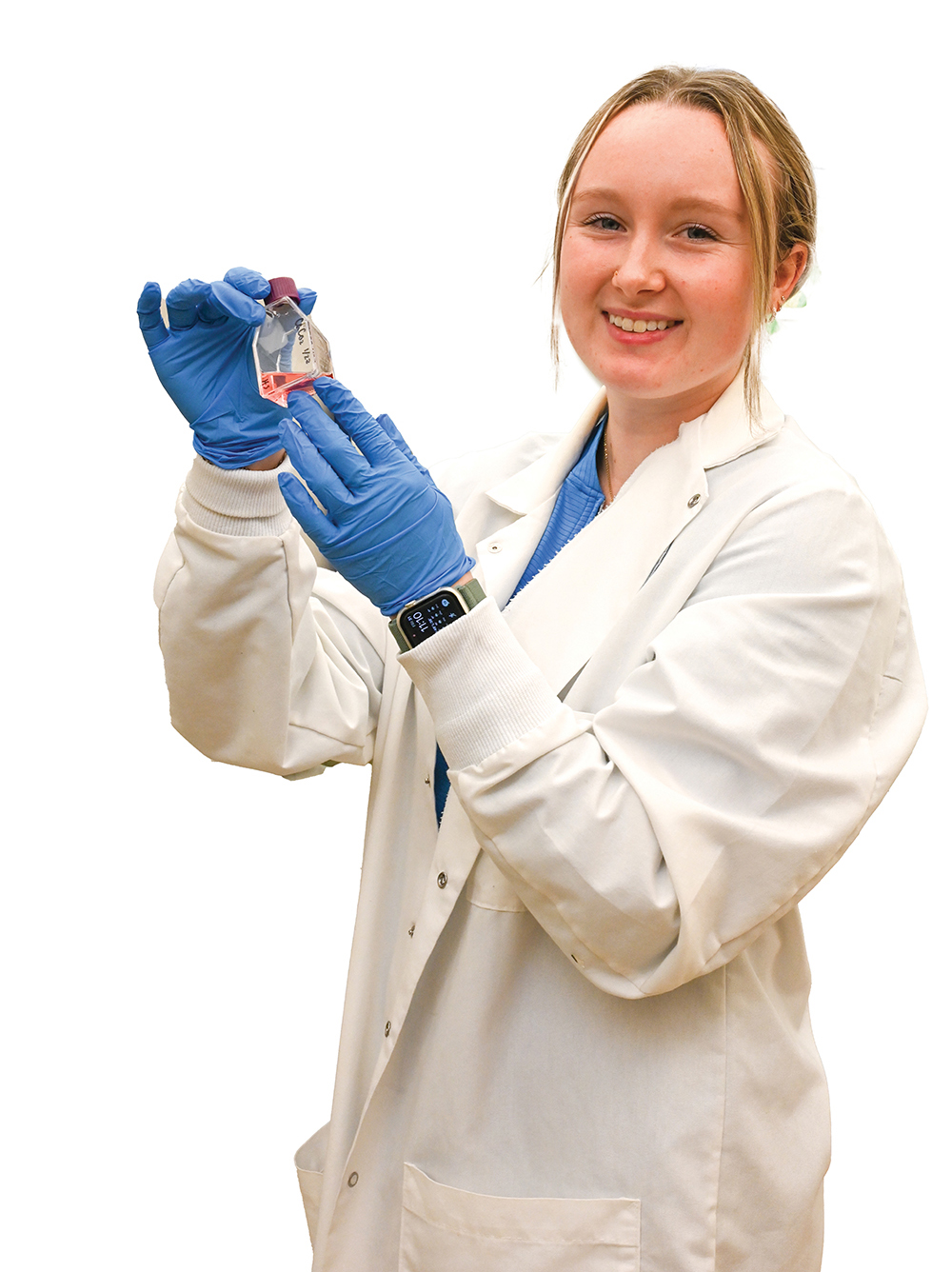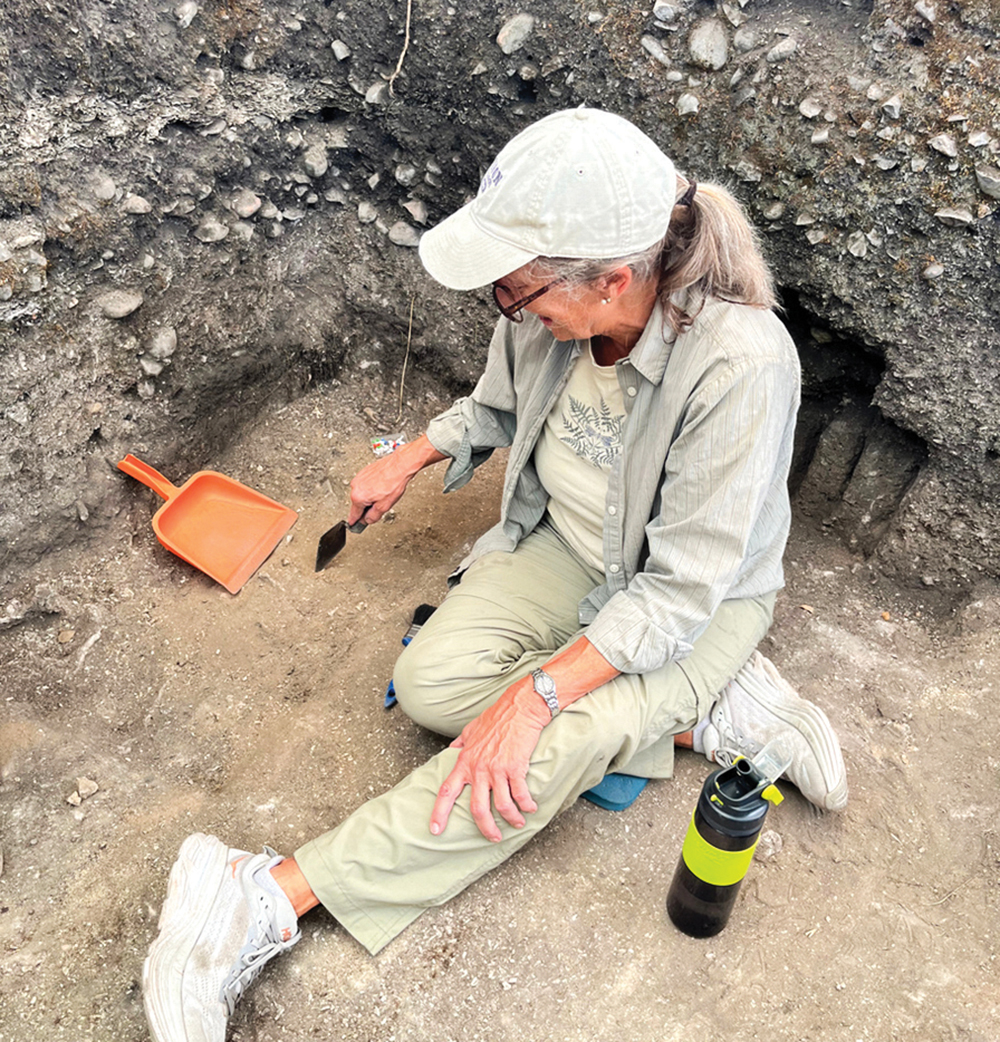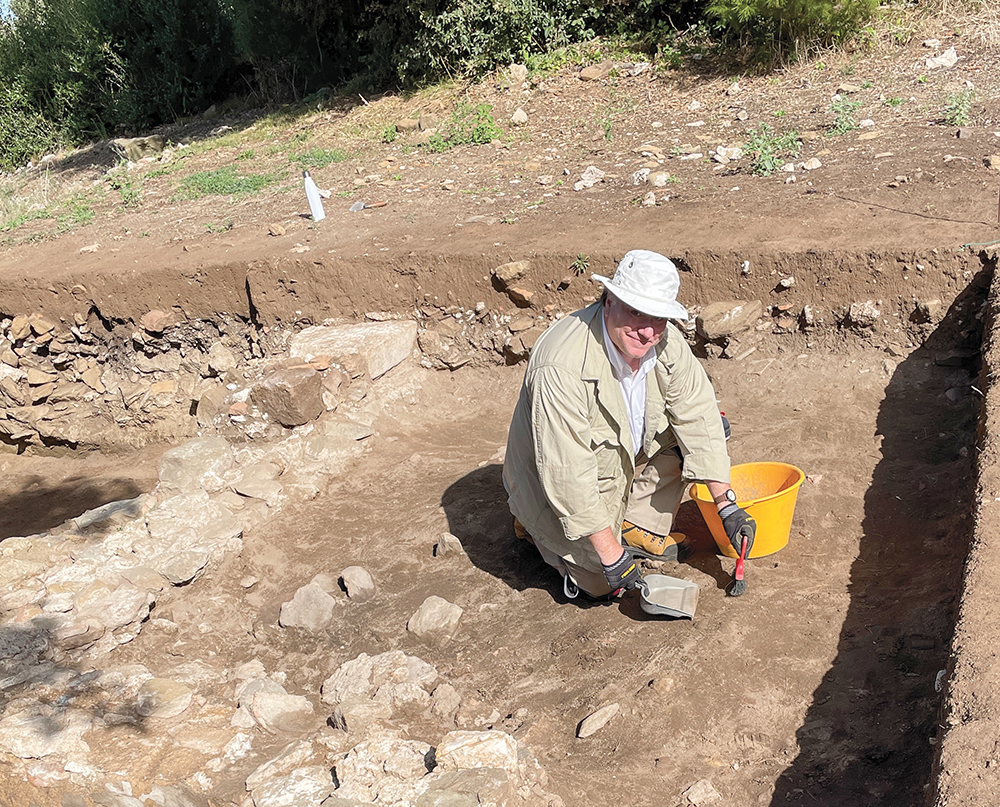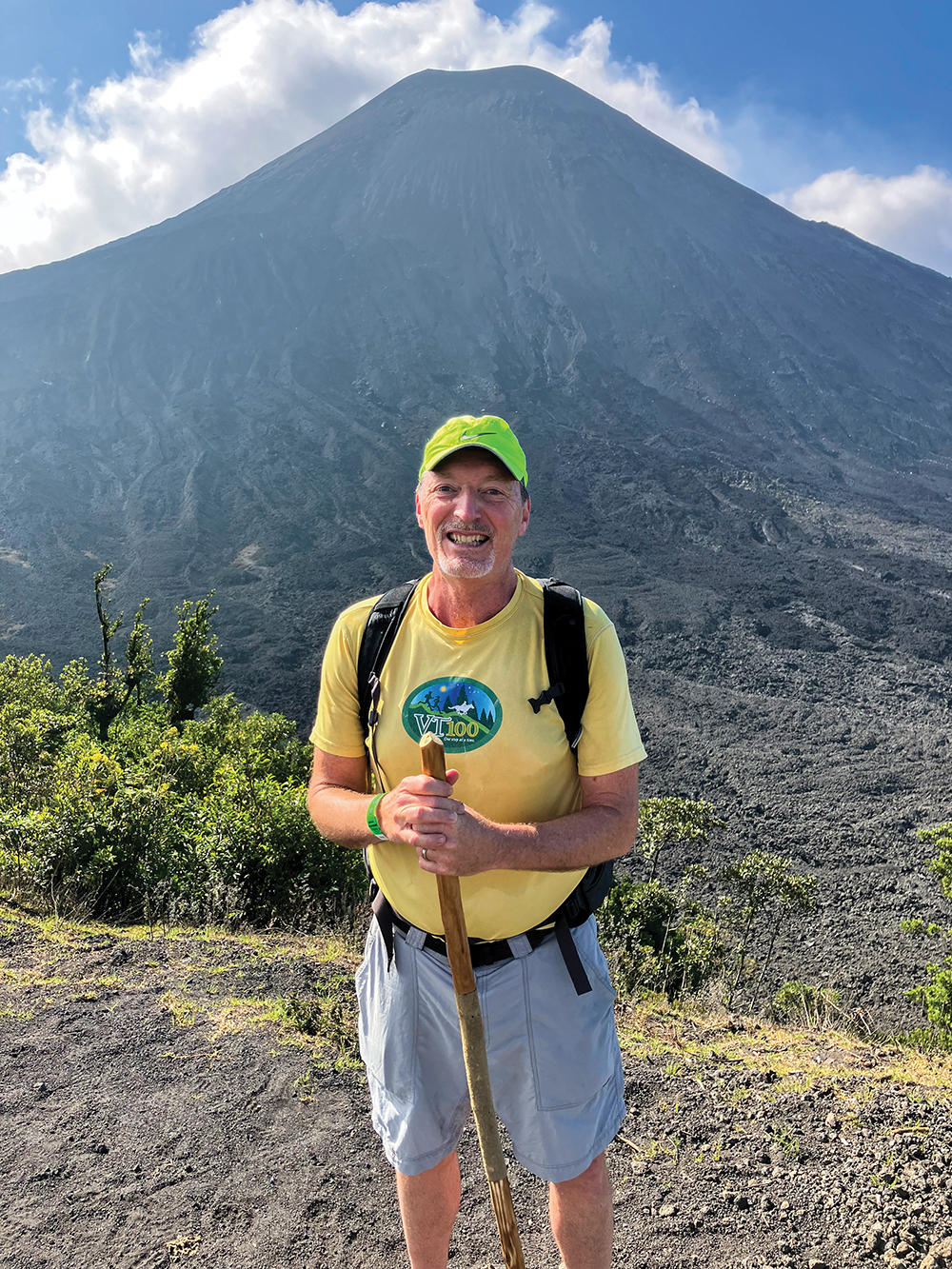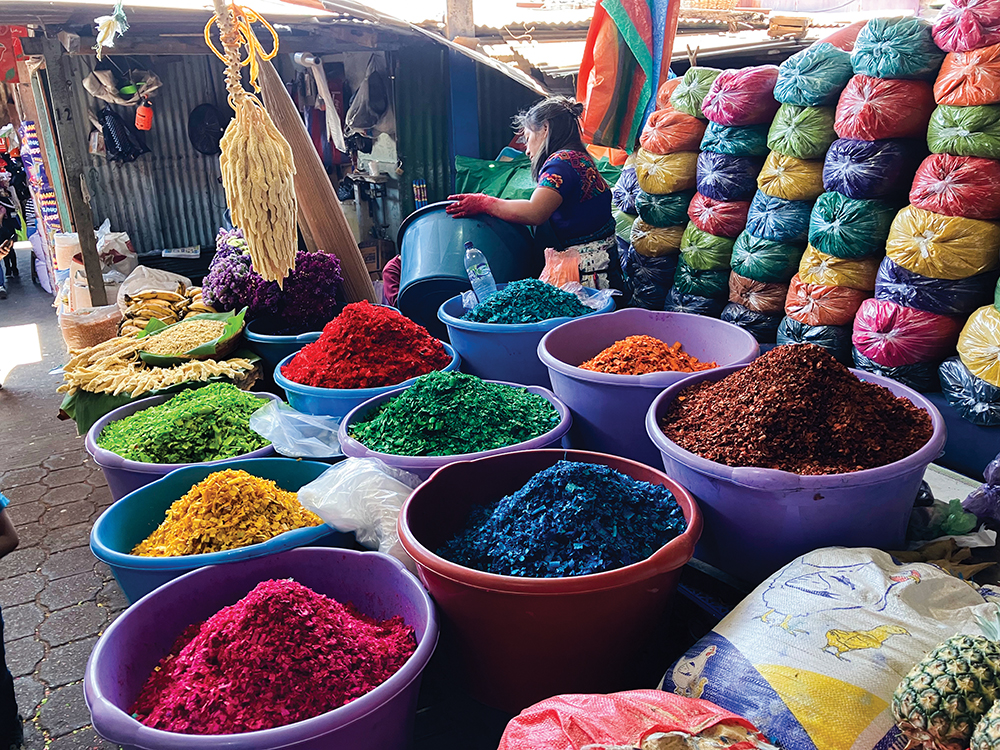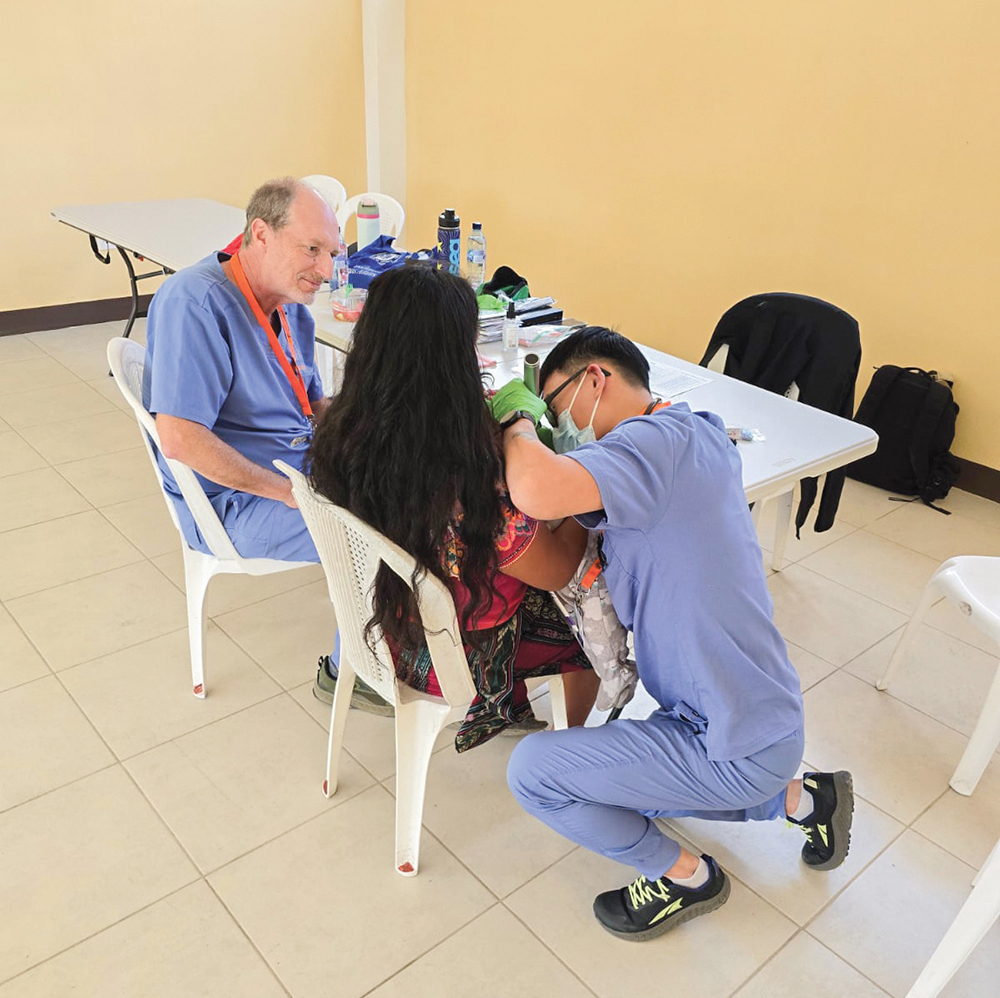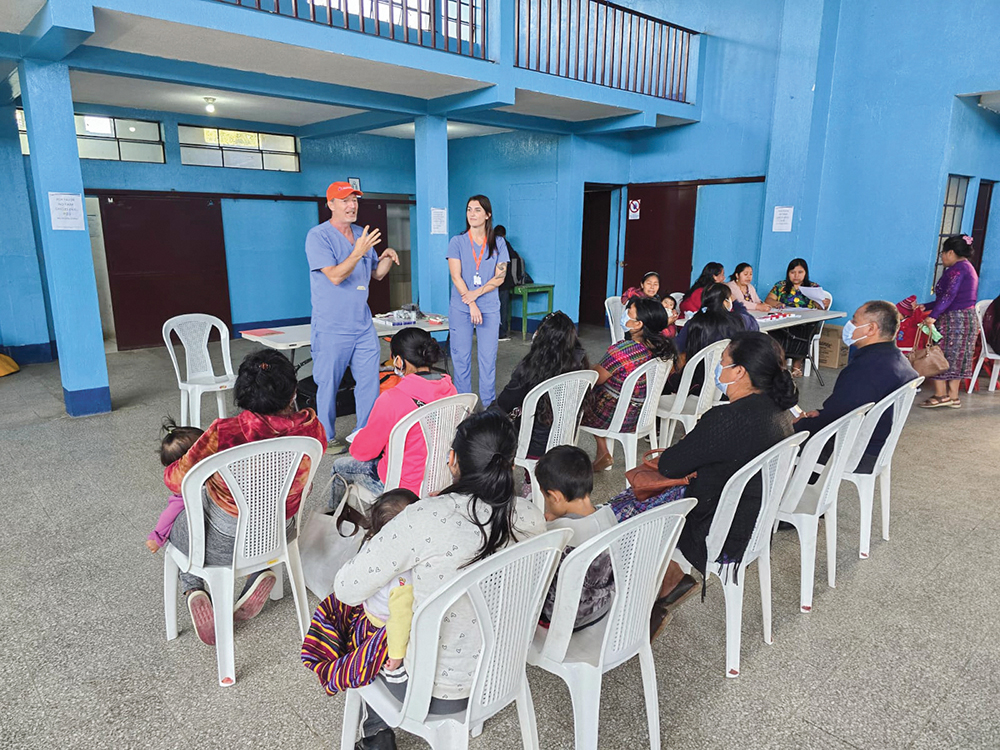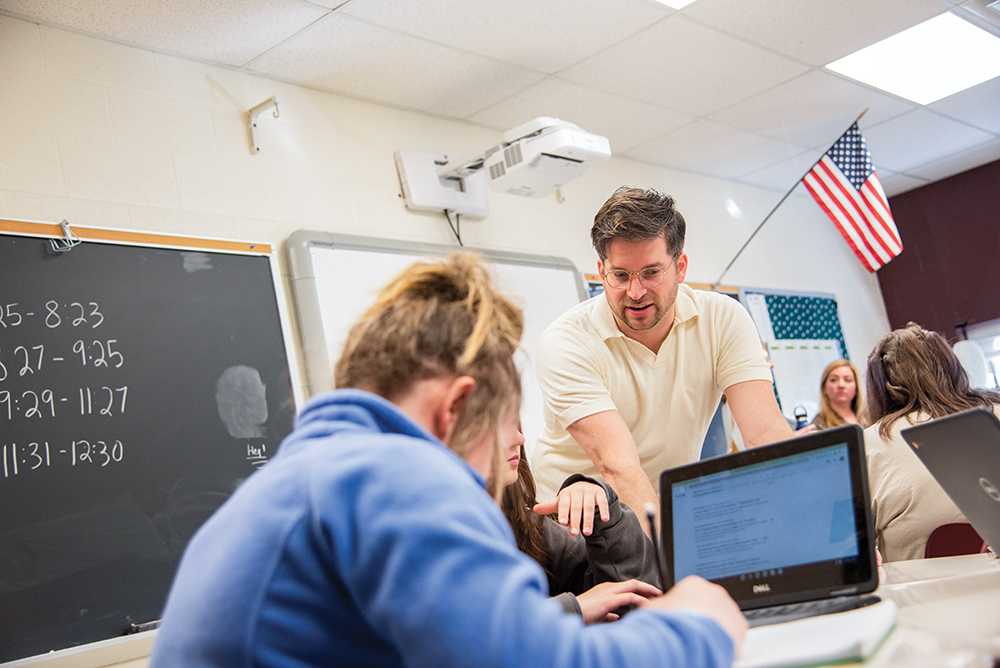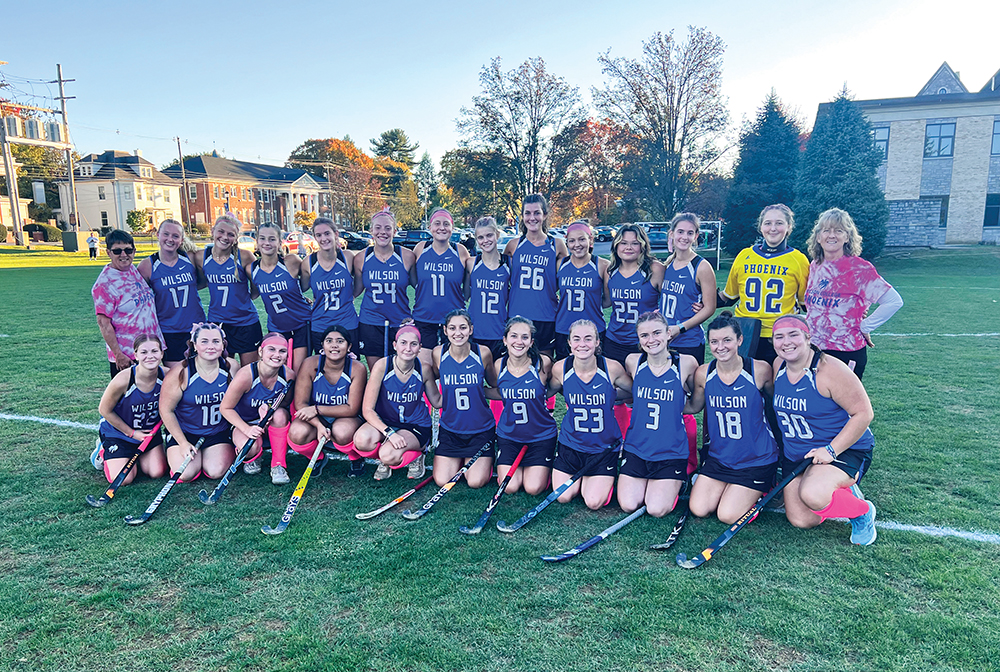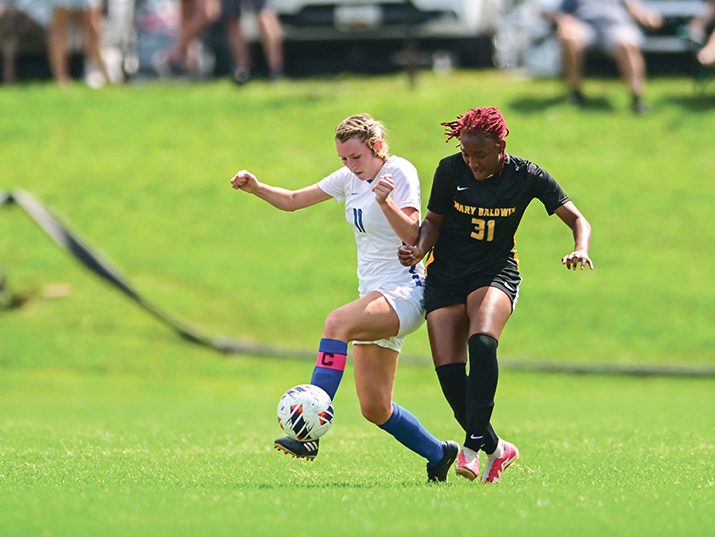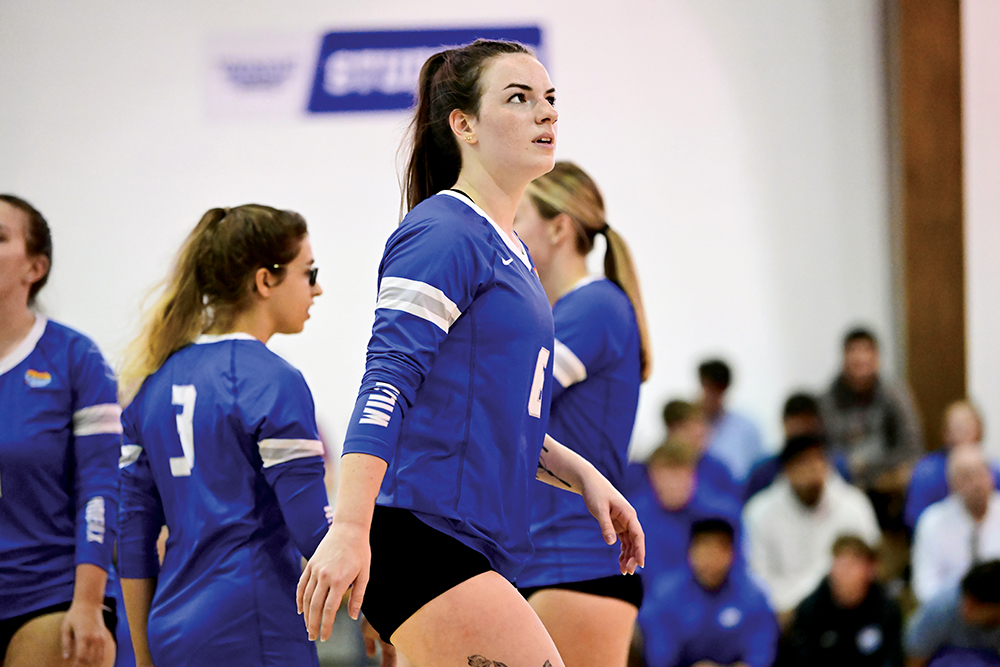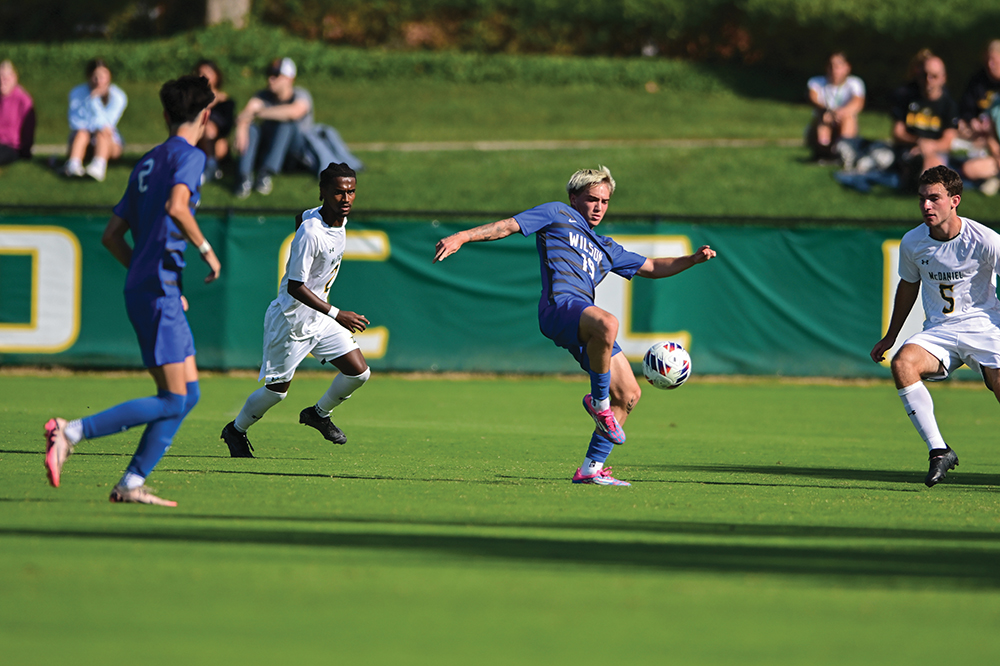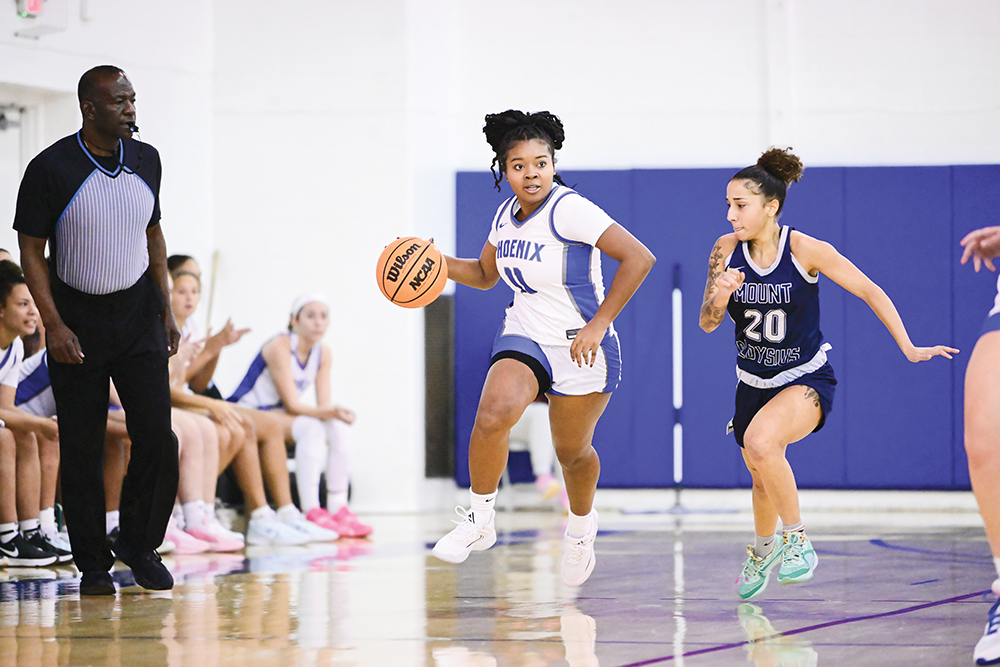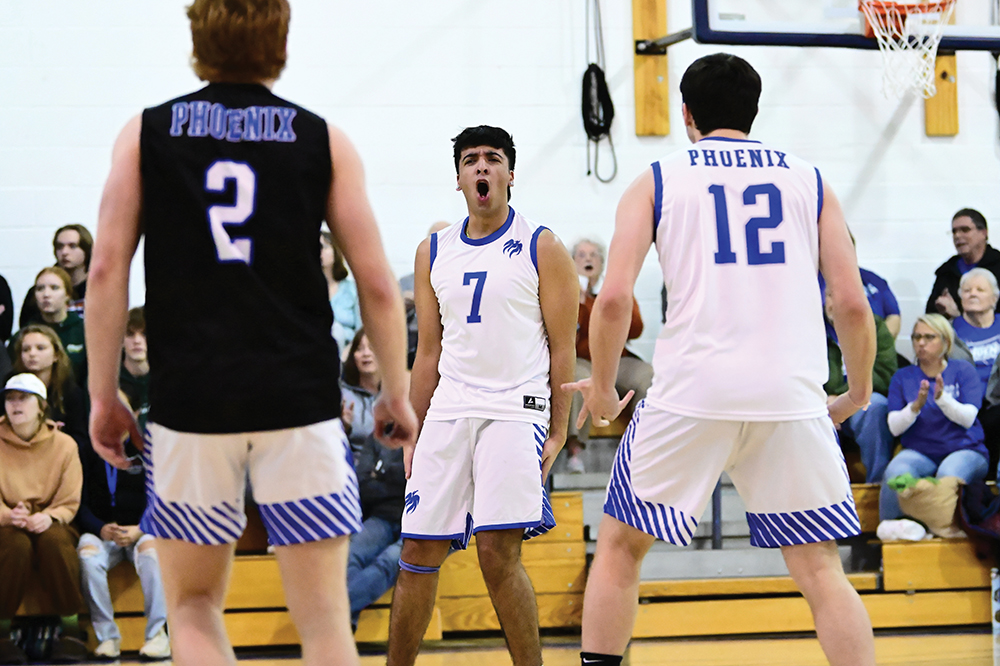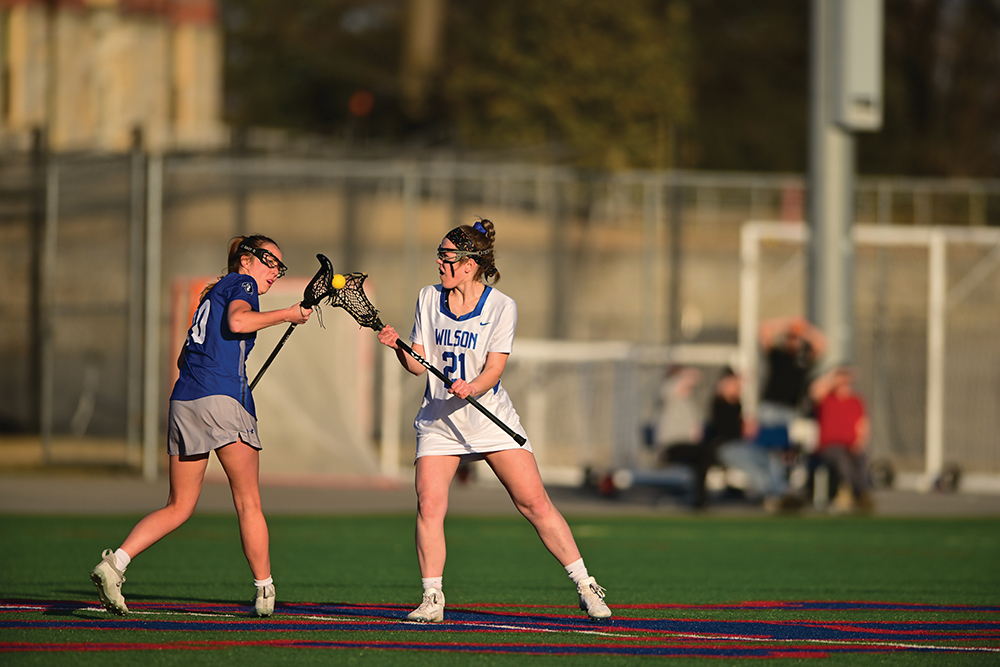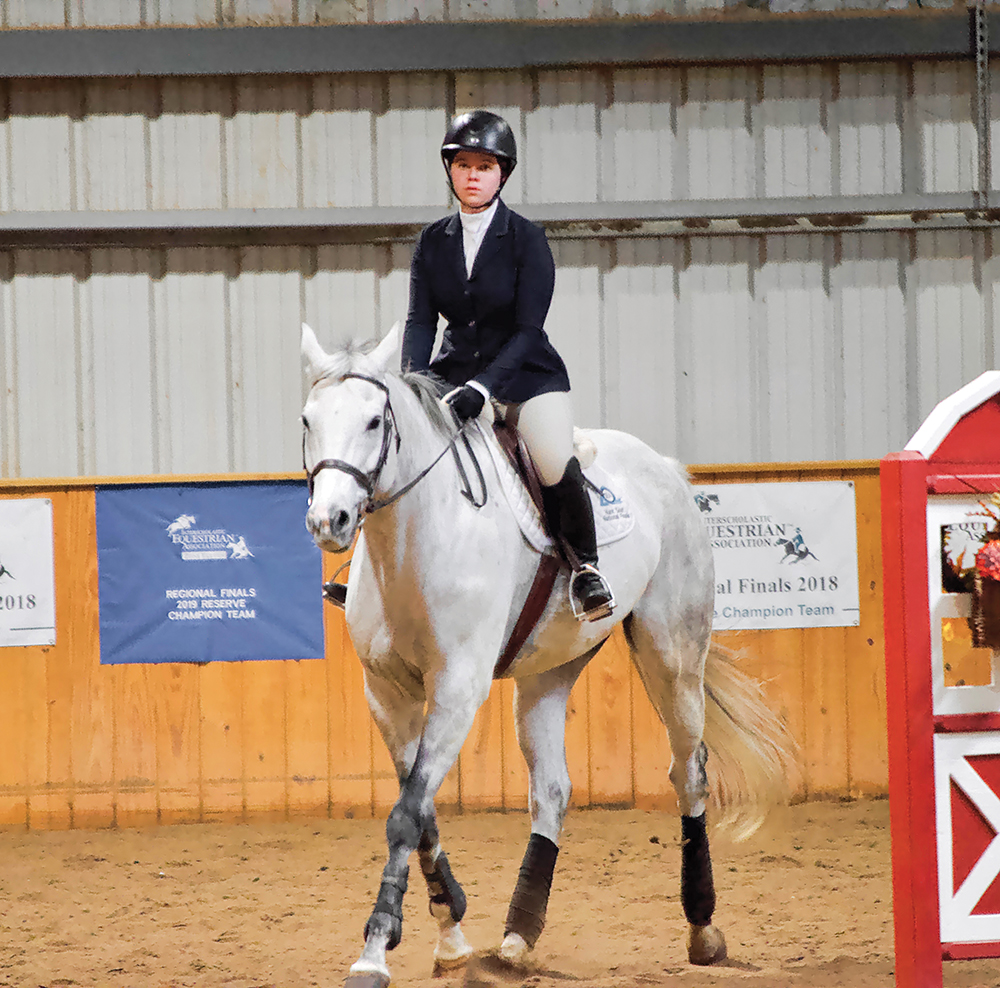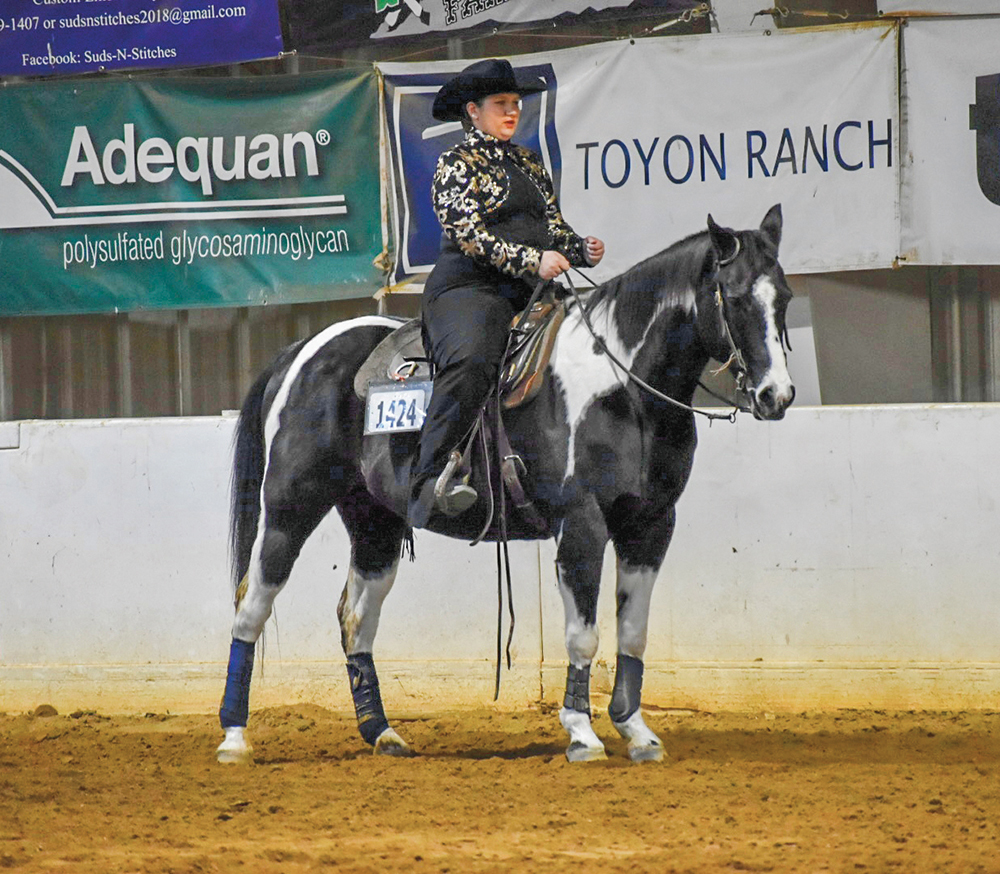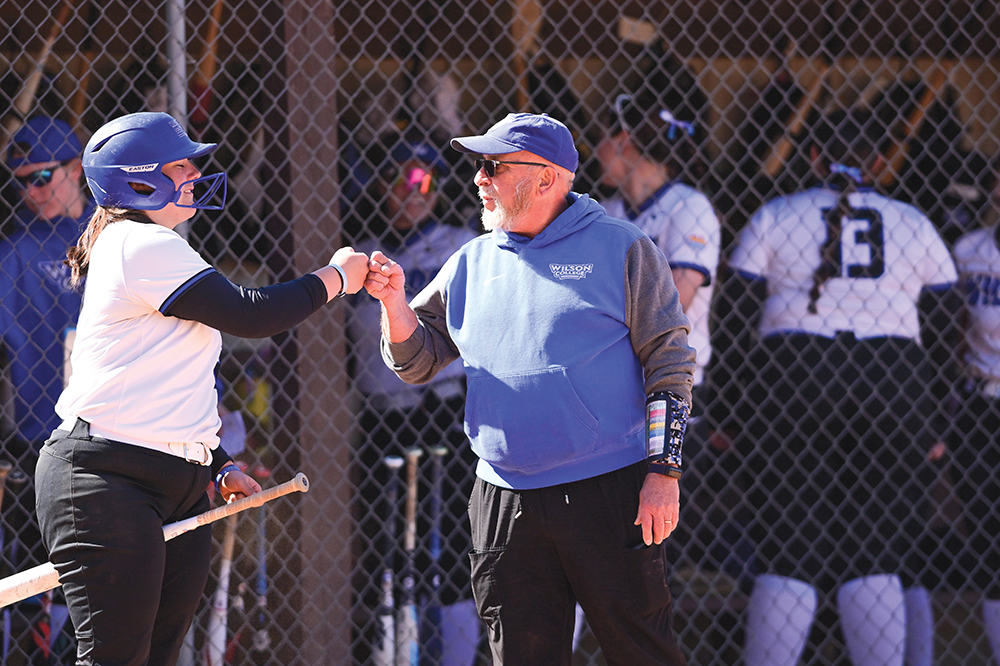State-of-the-art artificial turf will soon be installed on the Rhonda Brake Shreiner Soccer Field in Kris’s Meadow. The turf will be over 100,000 square feet and will upgrade the existing field. Competition on the new field is slated for the Fall 2025 athletic season.
Wilson will install a new turf field in the 28-acre parcel of land where the College’s soccer and softball fields are located. The turf field will replace the grass soccer field and become the home of the Wilson College women’s and men’s soccer teams, women’s lacrosse, and the field hockey team. The existing hockey field near Edgar and Norland Avenues will be used for practice.
“The artificial turf field installation will elevate campus amenities at Wilson College, especially the Phoenix athletic facilities. We are excited to take our athletic facilities to the next level for greater competitiveness on the field, and stronger overall student-athlete recruitment and retention,” said President Wesley R. Fugate, Ph.D. The new artificial turf will provide a quality field comparable to competitive intercollegiate programs in the region and allow teams to play more often and be less impacted by adverse field
conditions because of weather.
“Converting our grass field to artificial turf is a game-changer for the Phoenix. This marks a significant investment in the future of our programs, ensuring that our student-athletes have access to a safe, durable, and high-quality playing surface for years to come,” said Tina Hill, director of athletics. “The project also demonstrates Wilson’s commitment to providing the best possible environment for student-athletes to train and compete. It will enhance their athletic performance and overall experience, helping to drive the overall growth and success of our sports program.”
The fields in Kris’s Meadow have been in use since 2000, when Kris Rodger Sammons ’64 and her husband, William Sammons, donated funds to purchase land for use by the athletics program. The College constructed and dedicated the Rhonda Brake Shreiner Soccer Field in 2002, in memory of the daughter of Harold and Dolores Brake, and sister of Randall Brake (a Wilson College Everett-Pomeroy Trustee, having served from 1996 to 2005), whose company The Charles E. Brake Co. donated an additional piece of land to the College. The softball field was constructed in 2003.



